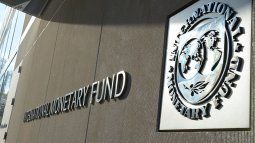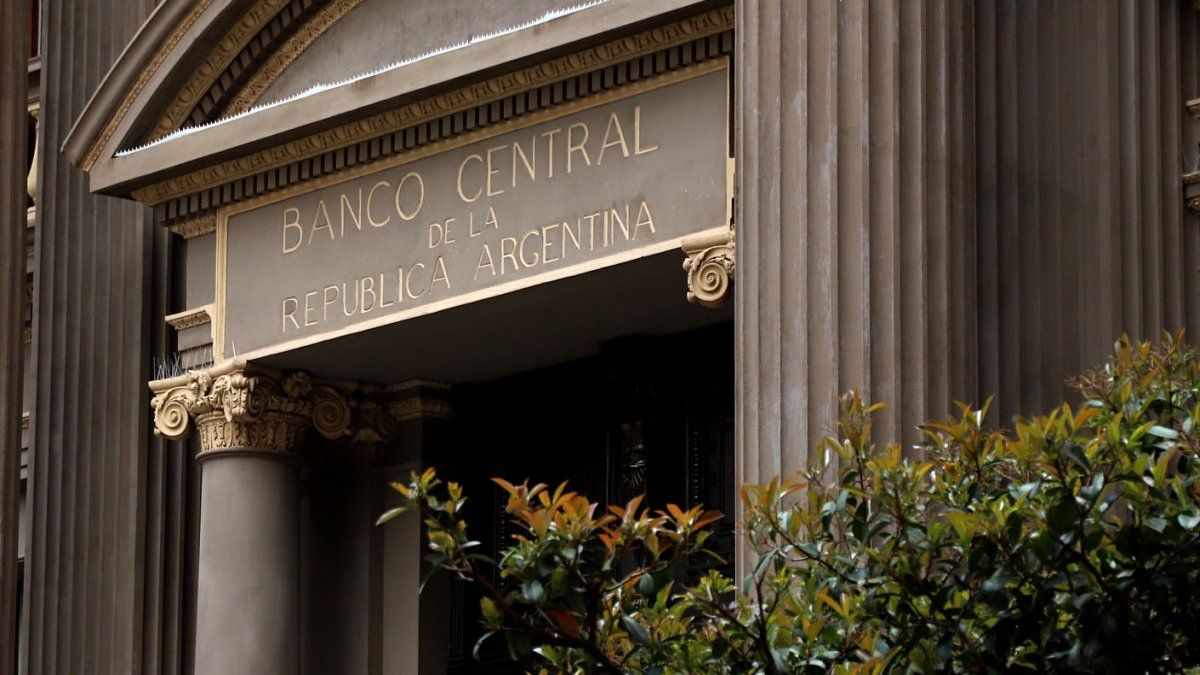BCRA data show that the red of the services sector collapsed at the end of 2023. In any case, the annual balance was clearly in deficit by more than US$6.1 billion
The end of last year showed, in part, the beginnings of the effects of the first economic measures of the brand new “libertarian” government, with the collapse of the service sector deficit at pre-pandemic levels in 2020. The data from Central Bank (BCRA) they realize that the Exchange Balance Services account record a deficit of only US$20 million in December, which turns out to be 96% lower than the net expenses of the same month of 2022. In this way, in the accumulated annual the net expenses of 2023 for payments of services totaled US$6,196 million, which is 39% lower than that recorded in 2022 (which was a record exceeding US$10.1 billion but 39% higher than in 2021.
The content you want to access is exclusive to subscribers.
The truth is that we have to go back to January 2020, before the coronavirus, to see a deficit in Services similar to last December when, after the strong adjustment of external accounts Since the end of Cambiemos’ mandate, the red went from almost US$1,360 million per month in January 2018 to US$26 million in January 2020.


It is worth remembering that during the pandemic the service sector registered deficits of between US$ 20 and 200 million per month (in the second semester it began to be reborn) as a result of global stagnation, but in 2021, especially from the second semester onwards, it once again climbed to levels above the u $700 million monthly. While in 2022 it reached peaks of more than US$ 1,000 million per month and in 2023 it ranged between US$ 300 and 800 million per month on average.
It should be noted that, especially in 2022, certain maneuvers and mischief were recorded, which at the time were even alerted by the technical mission of the International Monetary Fund (IMF)in terms of over-invoicing of services, in particular, the issue of insurance and freight, where it was observed that in the rest of the world the cost of logistics, which had risen abruptly due to the pandemic, was already in clear decline, in However, Argentine statistics showed the opposite.
Why did the services deficit fall in December?
Now, in the first period of the new government, the fall in the Services deficit is explained, mainly, by the adjustment registered in the net outflows for Trips, tickets and other card payments and Freight and insurance which fell to levels of US$287 million and US$1 million, when in the previous month they were US$833 and US$59 million respectively, and a year ago US$292 and US$193 million respectively.
Last December’s result is also linked to the performance of net income from Professional and technical business services and Other services for US$254 and US$13 million respectively. “On the other hand, an income from services of US$144 million was recorded through the securities market under the Export Increase Program,” says the BCRA.
In this context it is worth remembering that on December 13, the AFIP General Resolution 5463 which modified the rates of the Income and Personal Property Tax that are collected on the purchase of foreign currency for hoarding reasons and on expenses in foreign currency with a card, becoming 30% and 0%, respectively. Thus, the total surcharge on these consumptions rose to 60%: 30% via PAIS tax and the remaining 30% as income tax or personal property tax, as appropriate.
The increase in gross income from Trips and Tickets which totaled US$146 million, which represents an increase of 57% year-on-year. In this regard, it should not be ignored that said increase is linked to Communication “A” 7630 of the BCRA of November 3, 2022, which excluded from the settlement requirement in the exchange market the income of funds with non-resident cards, charges for tourist services contracted by non-residents and for charges for transportation services from non-resident passengers. In this way, the rule allows recipients to apply a higher exchange rate to card consumption in the country by non-resident tourists.
On the other hand, operations for primary income They represented a net outflow of US$387 million in December, mainly due to net interest payments of US$375 million. As for the gross interest payments, the Government and the BCRA totaled payments of US$192 million, of which US$168 million corresponded to interest payments to international organizations (excluding the IMF) and US$24 million to other interest payments, while US$ 204 million were made by the private sector. Additionally, they recorded gross outflows of profits, dividends and other income abroad for US$16 million while secondary income operations showed a loss of US$12 million.
Source: Ambito




